SFX: string music
NARRATOR:
Anselm Kiefer was born in Germany in 1945, only months before the end of World War II. His vision rife with images of scorched earth, fallow fields, and decaying ruins confronted head-on the question of how Germans would come to terms with their history. Curator Michael Auping:
AUPING:
These paintings by Anselm Kiefer set the debate in action, of the role of God, the role of evil, the role of politics. You know, this is a post-war German artist, an artist who is really trying to deal with the legacy of Nazi Germany. And it’s a legacy that he inherited, but which no one of the generation before him wanted to talk about.
NARRATOR:
Kiefer’s earliest works directly invoked the ghost of Nazi Germany. In one provocative act, he photographed himself giving the sieg heil in a Nazi uniform.
AUPING:
And for that reason, it was considered, quote/unquote, “political art.” But prior to making certain political statements Kiefer was dealing with the idea of world religions.
NARRATOR:
Over time, Kiefer’s canvases have grown larger, and more ambitiously-scaled. Kiefer continues to explore the nature of good and evil, but against the expanded, almost mythic backdrop of primordial forests and ancient ruins. Look at the surface of Kiefer’s painting. He’s been known to embed straw, soil, ash, and other materials deep into the cracks and thick swaths of paint.
 Anselm KieferSulamith1983
Anselm KieferSulamith1983 Anselm KieferDer Rhein (The Rhine)1982
Anselm KieferDer Rhein (The Rhine)1982 Anselm KieferWege: märkischer Sand (Ways: March Sand)1980
Anselm KieferWege: märkischer Sand (Ways: March Sand)1980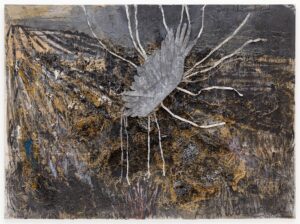 Anselm KieferWölundlied (Wayland's Song)1982
Anselm KieferWölundlied (Wayland's Song)1982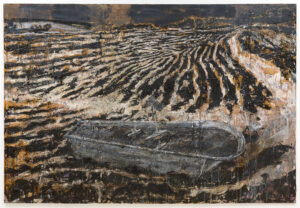 Anselm KieferUnternehmen Seelöwe (Operation Sea Lion)1983–1984
Anselm KieferUnternehmen Seelöwe (Operation Sea Lion)1983–1984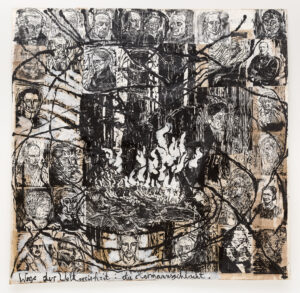 Anselm KieferWege der Weltweisheit: die Hermannsschlacht (Ways of Worldly Wisdom: Arminius's Battle)1978
Anselm KieferWege der Weltweisheit: die Hermannsschlacht (Ways of Worldly Wisdom: Arminius's Battle)1978 Anselm KieferMargarethe1981
Anselm KieferMargarethe1981 Anselm KieferDie Meistersinger (The Mastersingers)1982
Anselm KieferDie Meistersinger (The Mastersingers)1982 Anselm KieferDas Museum (The Museum)1984–1992
Anselm KieferDas Museum (The Museum)1984–1992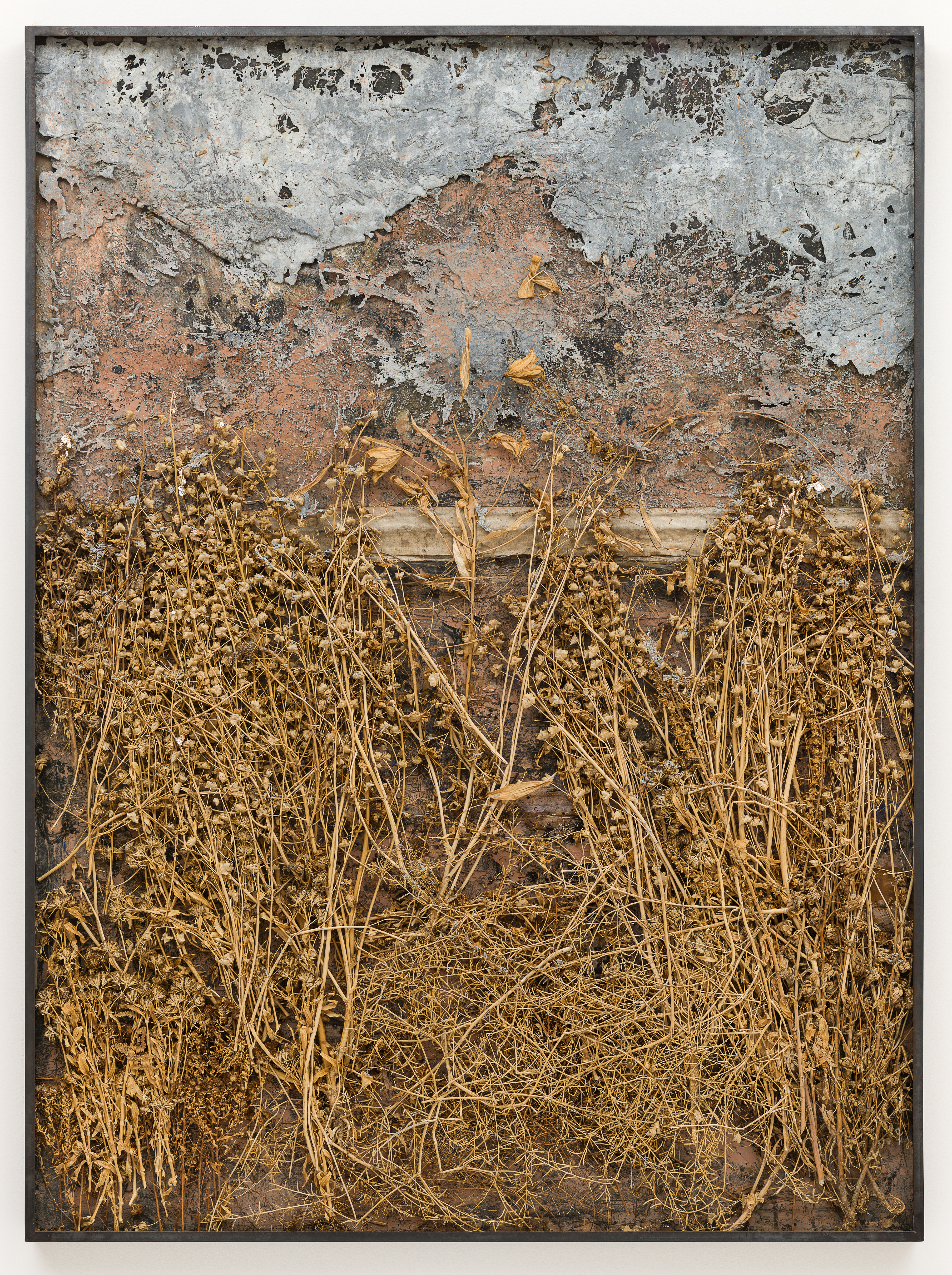 Anselm KieferMaria durch den Dornwald ging (When Mary Went Through the Thorn-Forest)1992
Anselm KieferMaria durch den Dornwald ging (When Mary Went Through the Thorn-Forest)1992 Anselm KieferDaath1990
Anselm KieferDaath1990 Anselm KieferEuphrat/Tigris1988
Anselm KieferEuphrat/Tigris1988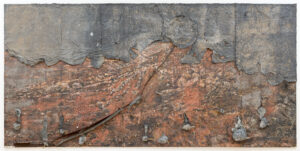 Anselm KieferEntfaltung der Sefirot (Unfolding of the Sephirot)1985–1988
Anselm KieferEntfaltung der Sefirot (Unfolding of the Sephirot)1985–1988 Anselm KieferMelancholia1990–1991
Anselm KieferMelancholia1990–1991 Anselm KieferSeraphim1984
Anselm KieferSeraphim1984 Anselm KieferDie Sechste Posaune (The Sixth Trumpet)1996
Anselm KieferDie Sechste Posaune (The Sixth Trumpet)1996 Anselm KieferDie Geburt der Sonne (The Birth of the Sun)1987
Anselm KieferDie Geburt der Sonne (The Birth of the Sun)1987 Anselm KieferOsiris und Isis (Osiris and Isis)1985–1987
Anselm KieferOsiris und Isis (Osiris and Isis)1985–1987